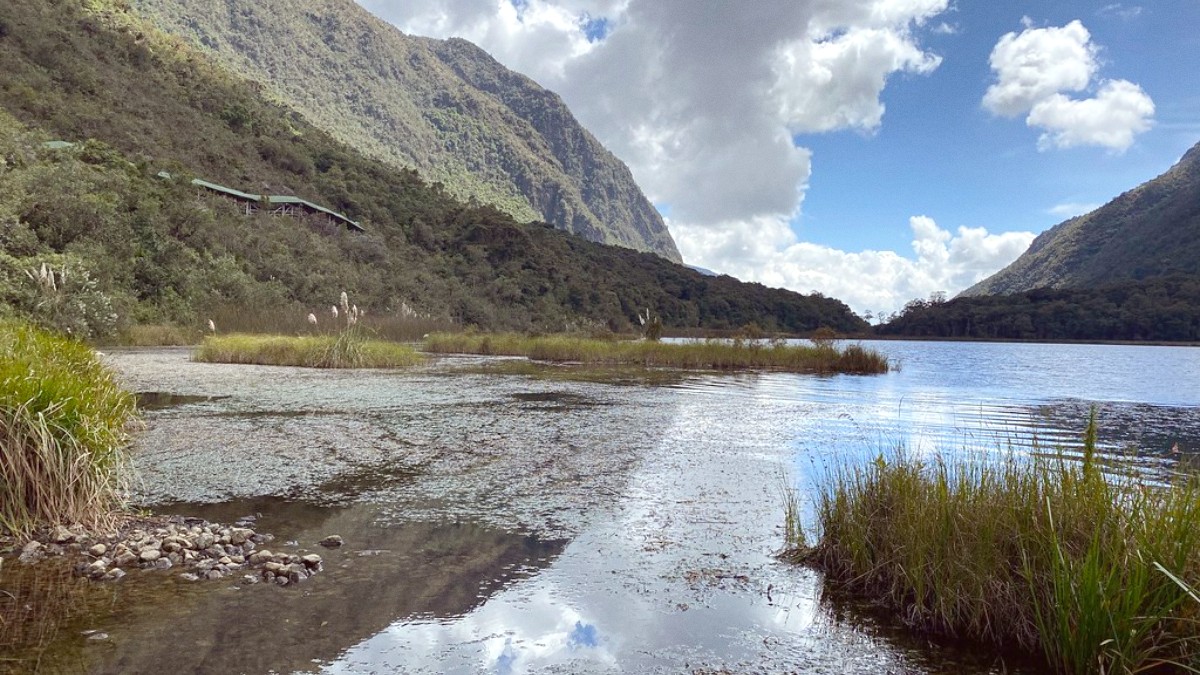
The Southern Highlands, Ecuador
Cuenca boasts a well-developed public transportation system, featuring an extensive local bus network and a modern tram system, the Tranvía. These options are both economical and cover a wide area of the city.
The Tranvía, with its single line, provides a smooth and scenic ride directly through the Historic Center, connecting points from north to south. Buses serve numerous routes across Cuenca and its surrounding neighborhoods.
Use Google Maps for real-time routes and schedules. This guides you to the quickest way to your destination. Locals are often willing to help with directions.
Buses accept cash (small change). The Tranvían uses a rechargeable Movilizate card, available at stations and various city shops.
Be aware of pickpockets on crowded buses and trams. Keep your belongings secure and out of sight to prevent incidents.
Taxis are readily available outside arrivals. A dispatcher can help assign a taxi and confirm the fare.
A designated taxi stand sits outside the terminal, simplifying finding a ride upon arrival or departure.
Some hotels or tour operators can arrange airport transfers for added convenience, though typically at a higher cost.
Always choose a licensed taxi. Avoid unmarked cars offering rides, as these might not carry regulation or safety guarantees.
For those seeking more independence, car and bicycle rentals present flexibility for exploring Cuenca and its surroundings.
A red double-decker "City Tour" bus operates, including hop-on-hop-off service to major attractions. Tickets are typically valid for 24 hours, letting you explore at your own pace.
Cuenca does not feature cable cars, funiculars, or other unique local transport systems like those in some other Andean cities.
The Tranvían is accessible. However, Cuenca's historic center presents challenges for travelers with mobility impairments due to cobblestone streets, narrow sidewalks, and hills.
A look at the hints of driving and parking within Cuenca and its surrounding regions, useful for independent travel.
Allows for spontaneous detours and exploration of remote areas at your own pace.
HIGH
More personal space and control over climate, music, and stops, notably on long journeys.
MODERATE
For solo travelers, often more expensive than buses. For groups, costs can balance out.
VARIABLE
Whether you choose public transit for its economy or a rental car for freedom, understanding Cuenca's transport landscape is important.
Tailor your method to your itinerary and comfort level for the best experience.